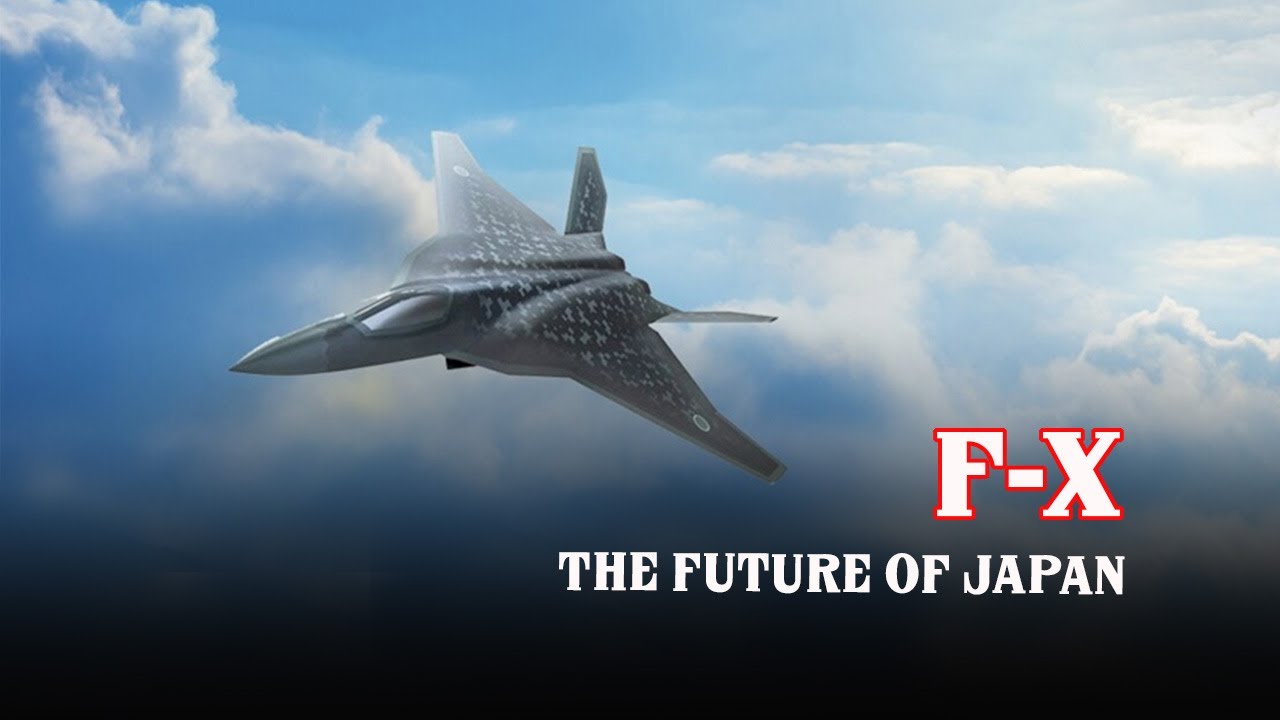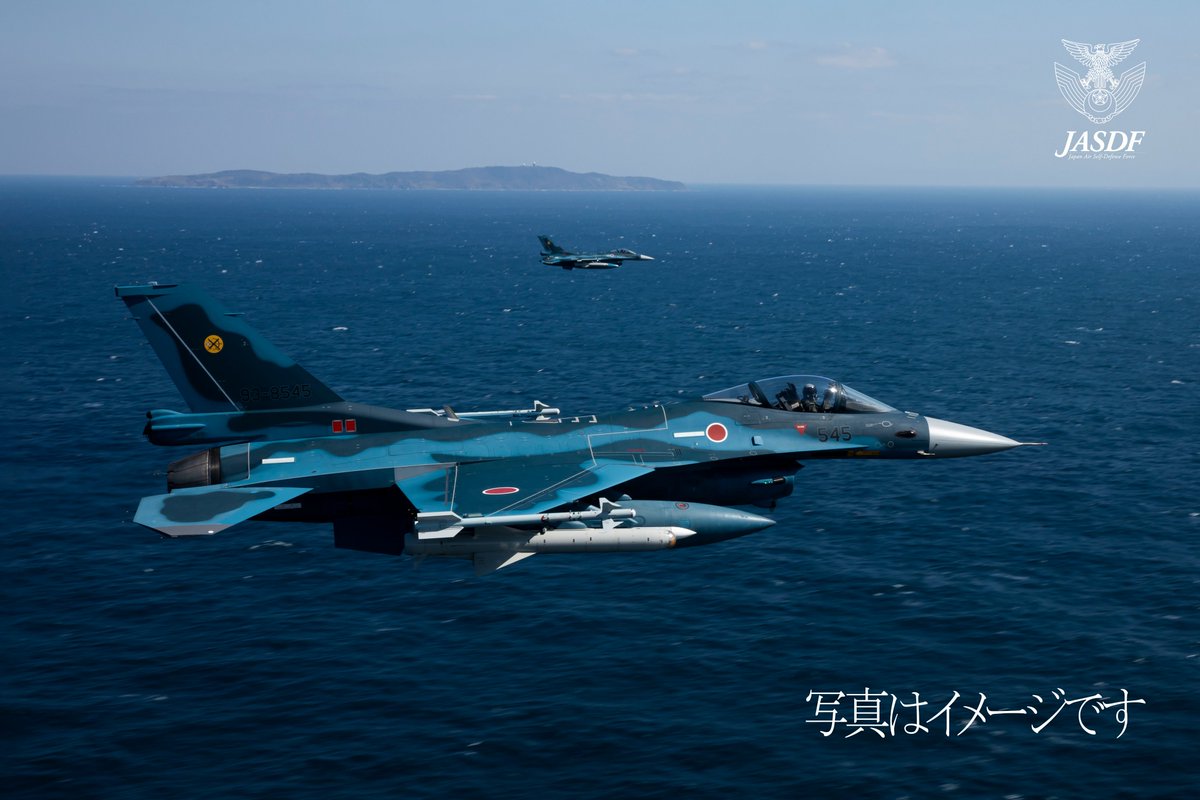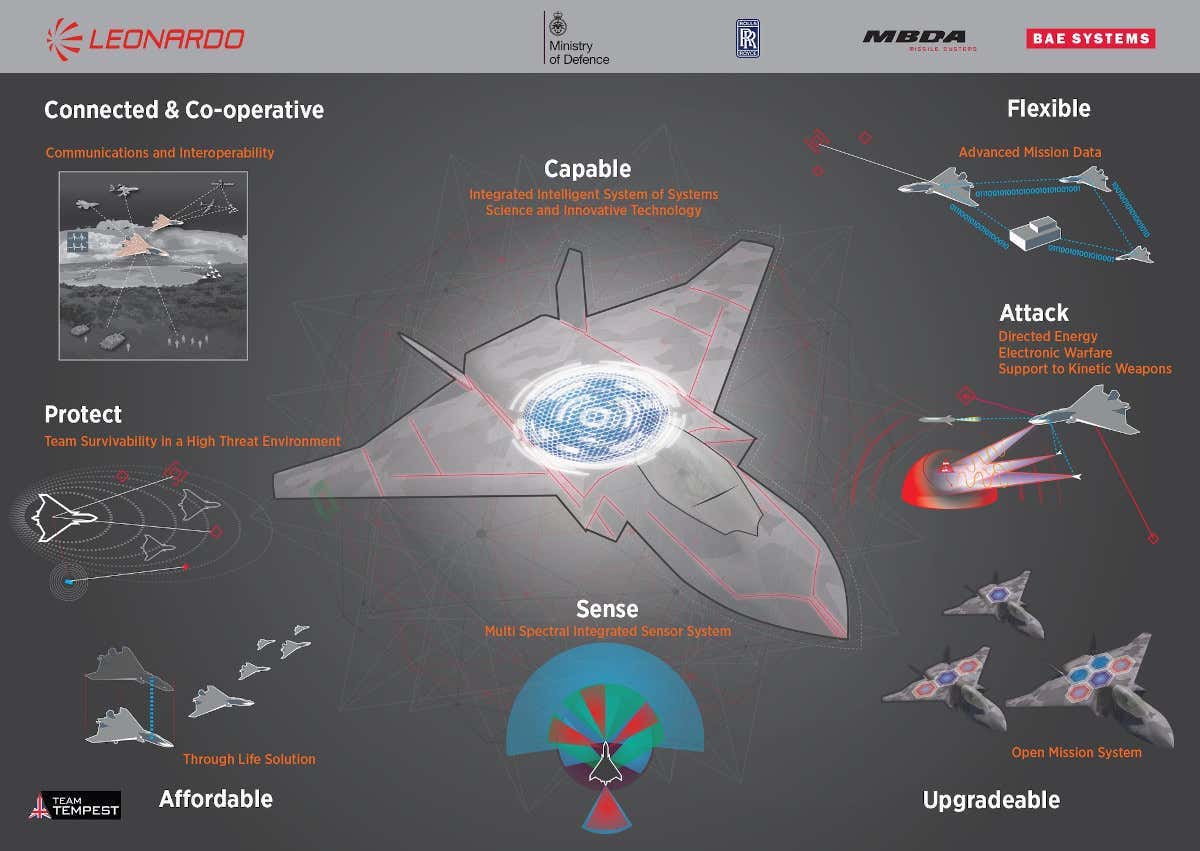The growing defense cooperation between Japan and the UK may spell trouble for the world’s biggest defense firm – Lockheed Martin. Tokyo is reportedly considering switching from the US defense behemoth to BAE Systems as its development partner for the F-X aircraft.
Lockheed Martin In A Soup! US Air Force Demands ‘Evidence Of Capability’ Over Block 4 Upgrades For F-35 Jets
According to a report by Japan’s Sankei News, Tokyo is in talks with British aviation defense major BAE Systems to collaborate on the development of a next-generation fighter jet.
The Japanese government hopes to deploy its next-generation F-X fighter jet by 2035.
Both countries, Japan and the UK, are reportedly planning to finalize the details of expanded cooperation by 2022-end.
In 2020, Japan’s Ministry of Defense announced that it would collaborate with Lockheed Martin as a potential partner in developing its next-gen fighter aircraft.

However, discussions over how to carry out the development work hit a snag. The report specifically highlighted concerns like how aircraft enhancements would be managed after the deployment and some issues linked to technology transfer.
On the other hand, in December 2021, British and Japanese defense officials agreed to collaborate on engine development for the next fighter aircraft, with the possibility of the combined production of significant components being explored.
‘Made In Russia, Recycled In Ukraine’ — Putin’s Best Fighter Bombers Are Being Sold As Souvenirs In Ukraine
Mitsubishi Heavy Industries will primarily develop the new jet. IHI Corporation — a major Japanese shipbuilding heavy equipment company — and UK-based Rolls-Royce would be in charge of the engine development.
The upcoming stealth fighter jet would be the successor of the Air Self-Defense Force’s F-2 fighter.

The Tempest, the UK’s sixth-gen fighter aircraft, is already being developed by BAE Systems. Given their similar timelines, Japan and the United Kingdom determined that cooperation would provide considerable benefits, including cost savings.
On May 5, Prime Minister Fumio Kishida met with British Prime Minister Boris Johnson in London. The two promised to cooperate on future fighter programs in principle by the end of the year.
Straight From The Boneyard – A Very Rare Soviet-Era Tank Spotted In Donbas As Ukraine Battles Russia
Tokyo wants the next generation of fighter planes to feature systems that incorporate radar, missiles, and other capabilities while maintaining a high level of stealth. However, interoperability between Japan and the United States will also be prioritized.
The report noted that Tokyo would continue to be involved with the US and jointly develop an unmanned aerial vehicle combat support system from the standpoint of interoperability with US Air Force.
Will Italy Be A Potential Partner In The Project?
The news portal also mentions the prospect of Italian businesses participating in the project. The report, however, didn’t say which companies will be participating or what role they might play in the development process.
As previously reported by the EurAsian Times, last month, Japanese Defense Minister Nobuo Kishi stated that Italian Defense Minister Lorenzo Guerini had expressed interest in participating in the development of Japan’s F-X next-generation fighter plane.
Italy is also a participant of the UK-led Future Combat Air System (FCAS) known as ‘The Tempest.’ Last year, Italy, the United Kingdom, and Sweden signed a Memorandum of Understanding on the development of Tempest.
Meanwhile, Japan has extended its involvement with the UK and collaborated on diverse technologies that may be used in both fighters.
The UK’s program director, Air Commodore Johnny Moreton, was previously quoted as saying, “We’ve been in negotiation, conversations and some pilot projects. Nothing necessarily too complex at the moment. We’re doing a joint engine viability study with Japan at the moment, and that’s quite exciting.”

“They have an F-X program that has a very similar time frame to us, 2035. The threat is very similar to the one that we are anticipating, and in terms of an industrial nation, they sit at the top table, as do we,” he added.
The Japanese Ministry of Defense (JMOD) has already promoted collaboration with the UK at the F-X subsystem level to reduce development costs and technical risk. Many of the technologies are comparable to those utilized in the UK-led ongoing sixth-generation fighter development program, Tempest.
Besides cooperation on engine demonstration programs, the Japanese government revealed earlier this year that Tokyo would continue to work with the United Kingdom on a Joint New Air-to-Air Missile (JNAAM) in 2022.
On February 15, the United Kingdom and Japan agreed to collaborate on sensor technologies for the Tempest and F-X future combat aircraft programs, further bolstering their military-technology ties.
The two countries agreed to work together on the Japan and Great Britain Universal Advanced RF (JAGUAR) system, which is a universal radio-frequency (RF) sensor technology.
Even so, the incorporation of Italy will put the two programs much closer to each other, ensuring the possibility of expanded engagement in the coming years.
- Contact the author at ashishmichel@gmail.com
- Follow EurAsian Times on Google News




